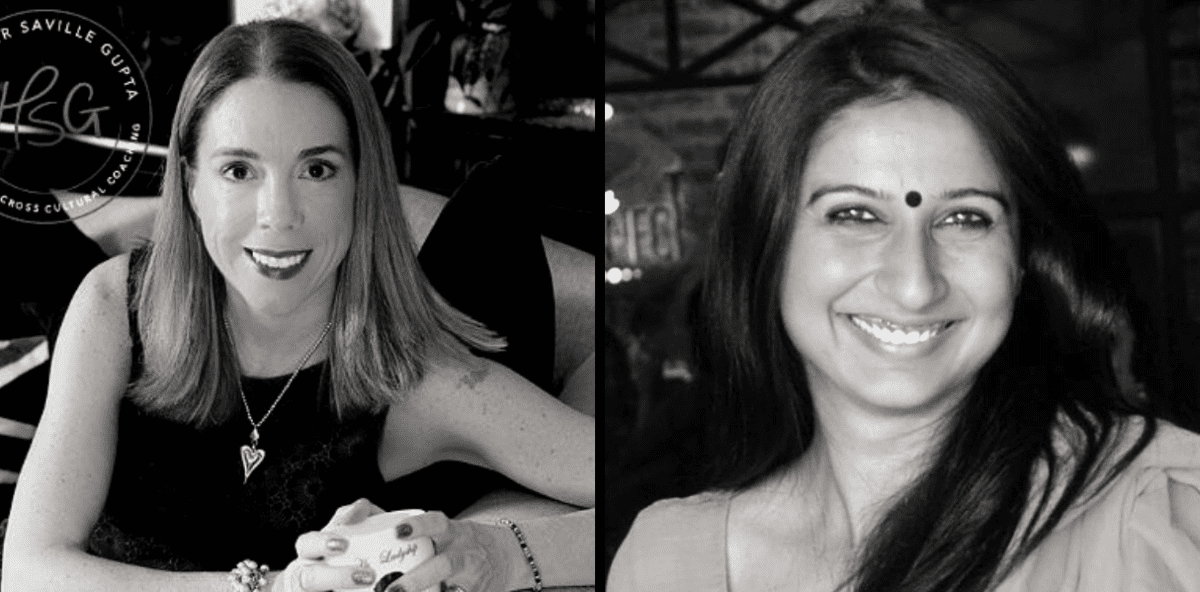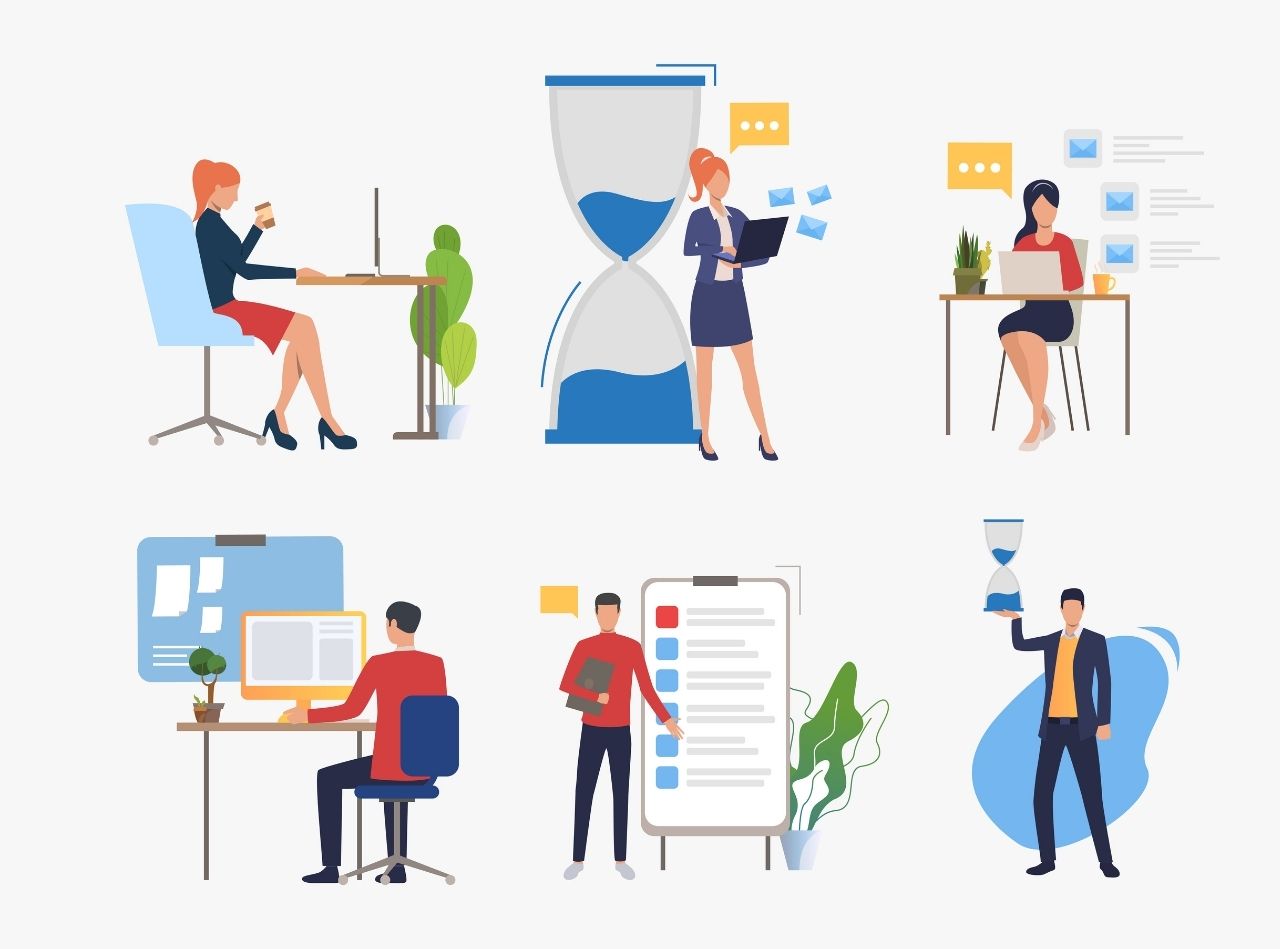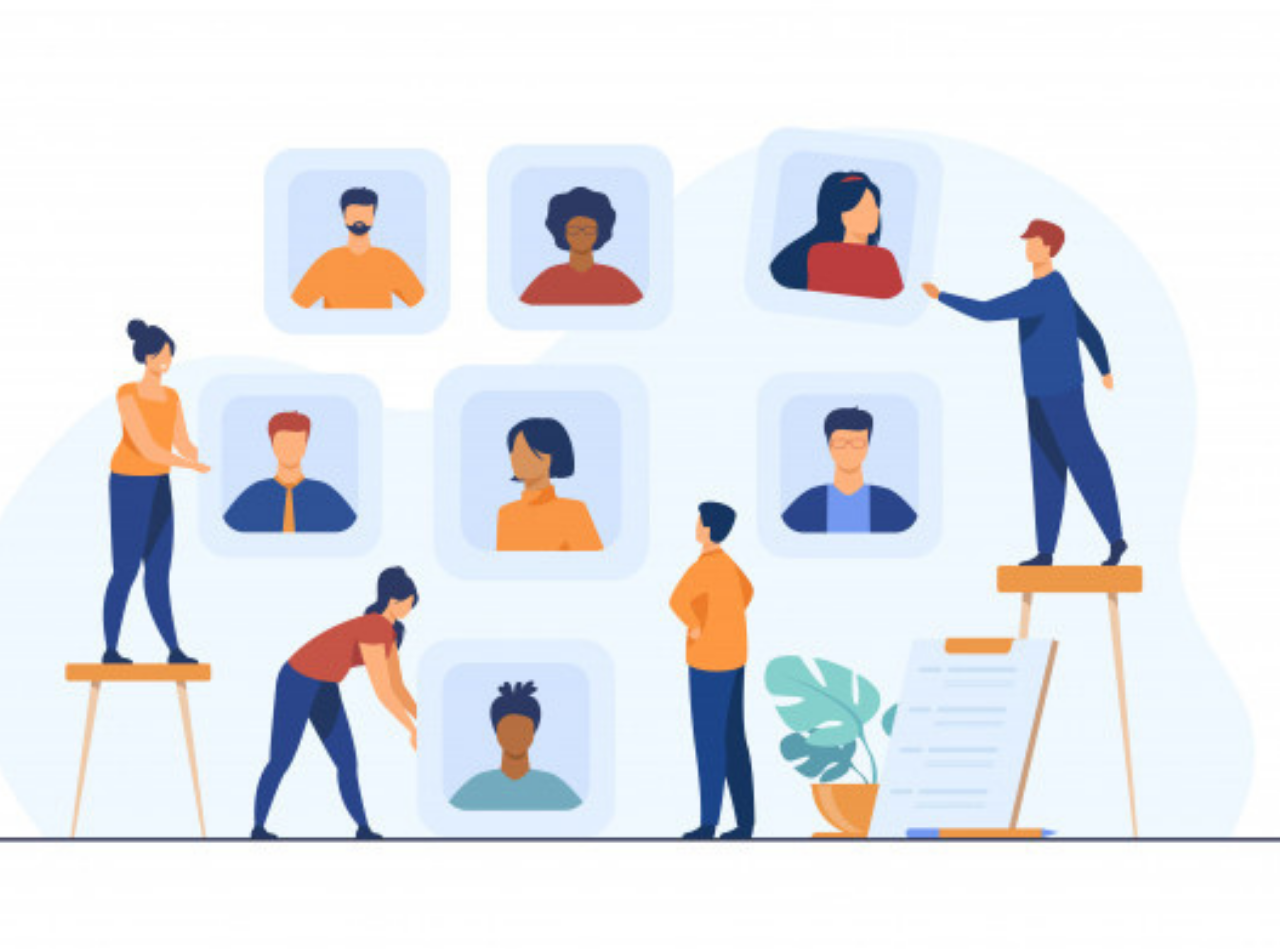MullenLowe Lintas’ HR Director Shares How The Company Is Building An Inclusive Workplace

Written by: Rajkanya Mahapatra
Heather Saville Gupta is the HR Director at the advertising giant The MullenLowe Lintas Group. She comes with 15 years of experience in HR spread across three media companies. Prior to HR, Heather spent a decade in marketing and client servicing roles with global agencies.
In conversation with, Pallavi Pareek, Founder and CEO, Ungender, Heather discusses crucial steps to take to develop a Diverse and Inclusive (D&) workforce and culture. In Part I, Heather reflects on what it means to be an HR leader, how to address bias during recruitment and initiate inclusive practices.
Pallavi: There’s a certain perception around what HR professionals do. People look at HR as those who keep a check on whether you come to work or not, what the company is paying you and how much they can save on that and that they’re always looking for the cheapest talent out there. There are a lot of misconceptions. How would you describe an HR leader?
Heather: The role of HR is to tread that very fine line between what the company needs and wants and what the employees need and want. It can’t be either/or – it has to be both. Being on the HR team is a very tricky balancing act and one which really takes a lot of skill and practice. It’s very easy to do what the company wants. You can listen to an employee and say, “okay, you want a raise, sure, have a pay raise,” but the two things have to be in balance. So you’re perpetually trying to strike that balance and keeping everybody happy.
The role of HR is to really glue the energy of the organisation together. We talk about culture, we talk about values, we talk about vision, and these are all things which are just words on paper. The role of the HR is to make sure that all of that is expressed in terms of how we actually behave, setting guidelines and encouraging people to walk on those paths.
As for senior management, sometimes it requires the HR to say, “let me give you a perspective,” “I’ve been talking to people, let me tell you how that sounds.” HR needs to be the voice of reason, if you like. It’s really being at the epicentre, creating a whirlwind of cultural values, psychological safety, security, making sure everyone’s voice is heard, and constantly making sure that everything is on the right track.



Pallavi: How have you been able to introduce the concept of Diversity and Inclusion (D&I) at work?
Heather: Most employers aren’t going to look around them and say, “This is not a diverse workforce.” Everyone’s too preoccupied. Only if you have a problem are you likely to speak out. People who have a problem who feel that perhaps they’re being discriminated against need to feel it’s a safe environment for them to speak out. Right? Most of the time, this isn’t heard. We, as HR, have to take a broader perspective.
Celebrating Pride Month
We’ve actually begun a very exciting journey at the MullenLowe Lintas group. Last year, we ran a very strong pride awareness campaign during Pride Month, and we introspected a lot. We did not only have panel discussions with external speakers but we actually examined our own policies. We’ve set up a ‘Diversity Committee’ full of passionate people who are either allies or parts of the community, who are really digging deep into everything we do. We have to provide that framework, right?
If we don’t do it, then nobody else is going to do it. One lone employee may try but unless the machinery of the organisation is behind you and with you, it’s unlikely to happen. So we’re prioritising that area and happily, our senior leadership are absolutely aligned with that vision.
Did The Numbers Support Gender Pay Parity?
I think that pride activity we did for one month really opened our eyes in that space. Also, obviously, gender has been a big thing for us. The first thing I did when I came into the organisation for the second time, about two years ago, I did an analysis of all of our data. About 600-700 employees, at every level, every single salary – I did benchmarking just to see if we were actually paying people equally. I found to my delight that we were. There was absolutely no difference whatsoever. And I was like, “wow, we actually have no salary discrimination at all”.
But then I said, “Okay, that’s fine. What about the numbers?” So I crunched and looked into the data and found that the story wasn’t quite so happy. We do have, and this is true of probably most companies, particularly in India, we actually have a very female-heavy skew at the bottom end. A lot of women are coming into the industry, which is nice, at particularly lower levels, it’s about 50-50, it evens out, which is absolutely fine.



Why Are There More Women At The Entry Level Than At The Top?
Then you see a large turn towards the other way. My assertion is when women get to a certain age and stage, they end up having to make choices in this company, and in any company, particularly in India, where it’s kind of tough when you’re dealing with a culture which is also quite challenging to navigate sometimes as well. Right?
Things like daycare are not as advanced as you’d find in the West. After-school clubs don’t exist here. There’s a lot of ways in which it’s easier in the West to be a woman with a child. When we were not working from home, when we were in the office, it was about coming late, staying late, jamming ideas – that sort of a dynamic, and that excluded a lot of women who needed to get home for their children.
I say women, not because I’m being sexist, but because as a mother, I know that it’s often the woman who takes the majority of that emotional load of organising stuff, taking care of school work, the parties and everything else.
Becoming More Flexible
We actually began to do a lot of work around looking at flexible working hours. Ironically, we were trying to get people to use Microsoft Teams as an online platform. Just to get people more flexible, and we were facing a lot of challenges. We were too busy to learn it and then of course, work from home happened and overnight everybody became very fluent in these various technological portals.



I think it’s very important to come back to the original question. HR has to be the guiding light in these areas. We have to also understand that even senior managers and leaders want to have a diverse environment. Everybody wants to be representative. We need to create diverse stories for our consumers but everyone’s busy. Everyone’s running at thousand miles an hour trying to hold the business up and deliver for the clients. Nobody’s got time to sit and think, oh, and what about the diversity policy? That’s what we have to do.
Pallavi: If you were to scan an organisation using just the HR lens, how do you begin to understand if you’re diverse or not?
Heather: There are hard and soft measures. Do I have representation across every single category that I can possibly think of? Do I have it in my office? That’s the hard stuff. The softer stuff is what kind of culture do I have? Do I have a culture which is psychologically safe, where people can express themselves? Where if I want to dress a certain way, I can dress in a certain way, where if I’m not able bodied, I can actually be welcomed in the organisation, where I can live without any stress to myself? Do I have a culture that uses certain words which are derogatory? Because if I do, I shouldn’t have. We have to look at both ends of that and we’ve done a lot of work, particularly on the softer side, which is harder to get done.
Pallavi: How did you do that? How did you strategically approach identifying gaps and implementing the soft measures?
Heather: One of the major approaches that we take as an HR team is to talk to people. Every three months, we speak to everybody in the organisation. Each person from my team has to call at least 50 people. We keep connecting with people, it used to be face to face, now of course, it’s not. Through those conversations, we build trust. We position ourselves as a very externally focused, outgoing kind of an HR team who people can approach and all kinds of things come up. So that’s the first thing we do.
The second thing we’ve been doing – a lot of these issues are in very grey areas. So when it comes to how we use language, the kind of banter we have in the office, perhaps it’s in a very grey area. So we’ve started putting together groups of 15 – 20 people together in an informal way in the morning and just have an open conversation around this. The conversations go in all kinds of directions.
Language Is Important



Some comments people make are linked to the colour of someone’s skin. You hear someone say, “you know that dark one, right?” That is really offensive because you’re not talking about the person’s skin colour, you’re putting a whole judgement there. So, language – the way we talk to people, the way we address them is important. I’ve had interns coming to me and saying, “Is it okay that a client calls me ‘Babe’ on a WhatsApp message?” I’m like, “No, it’s not okay.” And then we take action. We make sure we educate the client as well.
When you’re dealing with different generations, you’ve to make sure you’re bringing people with you on this journey. You’re challenging, opening up and you’re really sensitising people on how to collectively come together and build the right kind of language cues and behaviour.
Pallavi: When it comes to addressing bias, how have you approached it? What has been the structure and strategy?
Heather: We try to make sure that it doesn’t happen in the first place. For example, let’s take recruitment, right? Right now, we’re on a bit of a pause, but we generally hire quite a lot of people. The first step is making sure that your pipeline of candidates is balanced. That is in my team’s control. We make sure that we are genuinely being unbiased. If we feel there may be a bias, we’d always challenge ourselves because there’s conscious and subconscious bias, right?
Removing Bias From Interviews
It’s the exact same, when we interview. We all want to hire people like us. That’s how we behave as human beings, right? So, we’ve to make sure that unconscious biases don’t come in. We have a mixed bunch of people, we know are good candidates. Then, we put these people out into the world, so to speak, we give them to the business head of whoever’s interviewing them. Now that’s the next place where bias can kick in. Right now, we know these candidates and we know these people. So, if we feel that there’s a judgement being made, which could be unconscious bias, we would challenge that.
I’ve had people in the past, not in this company, but in other companies tell me, “hire a man, I want only a man for this role.” I’m like, why? “Oh, we’ll need the person to work late, I need a man.” I’m like, “I’m sorry. No. That’s absolutely not okay.” I also come from a country where discrimination on the basis of sex or age is illegal. You cannot even ask a person’s age in the UK. You’re not allowed to do that. It’s illegal. You certainly can’t ask a woman, “Do you think you might be planning to start a family soon because you know, that could be a problem for us?” That’s something I’ve also heard people ask. It shocks me. So we have certain standards and codes.
Pallavi: How can we get companies to look at investing in D&I as an investment and not a cost or expenditure?
Heather: So there are many angles one can take. We fight a lot of battles to make things happen. Right? Whatever budgets we have, whether it’s for leadership development, whether it’s for engagement activities, whether it’s for giveaway food in the canteen – it has to be done with some bigger picture in mind. So, you also have to link it back to whether it’s about enhancing employee engagement through making people feel happier and more productive, so they release more discretionary effort. Research has shown that leads to enhanced working performance, and therefore business results.



Why Having A Diverse Team Is Important
We can also argue from the same perspective that diverse communities, by definition, will create better communication. It’s usually the energy of straight white men, right? We need diverse teams to come together to think about an idea and have it thrown around. It’s looked at from different angles. There’s a whole process. If I only have one section of society throughout that entire process, by definition, my idea is going to be less rich.
What do we do as an advertising agency? We create communication. We don’t own buildings or factories, we just rely on the power of our ideas. Powerful ideas will only come from diverse communities.
How To Finalise What’s The Best For Your Company
If I was running a sensitization programme, I would look at the alternatives available. I would make sure that I spoke to people who’ve been through them, take testimonials. I’d make sure that whatever we were paying for, was done with as much intelligence as possible. All of that diligence and hard work has to be done.
The CFO, the finance team, understands that all this needs to happen, but he’s also looking at his bottom line, right? I’m eating into his bottom line. So at some level, he will see that that’s going to contribute to the top line which is the revenue. Once we talk the language of business and understand pressures, understand how ideas are created as HR people, then we have a good chance of getting investment for what we do.
Video Highlights
06:30 – Role of HR Leaders
09:51 – How D&I Works At The MullenLowe Lintas Group
15:20 – How To Know If A Company Is Inclusive
18:32 – Imp HR Interventions In Interest Of D&I
22:20 – Approach To Identifying And Addressing Bias
28:10 – Making A Business Case For D&I Initiatives
Ungender Insights is the product of our learning from advisory work at Ungender. Our team specializes in advising workplaces on workplace diversity and inclusion. Write to us at contact@ungender.in to understand how we can partner with your organization to build a more inclusive workplace.
Read our insights about diversity, legal updates and industry knowledge on workplace inclusion at Ungender Insights. Visit our Blog.
Sign up to stay up-to-date with our free e-mail newsletter.
The above insights are a product of our learning from our advisory work at Ungender. Our Team specialises in advising workplaces on gender centric laws.
or email us at contact@ungender.in




